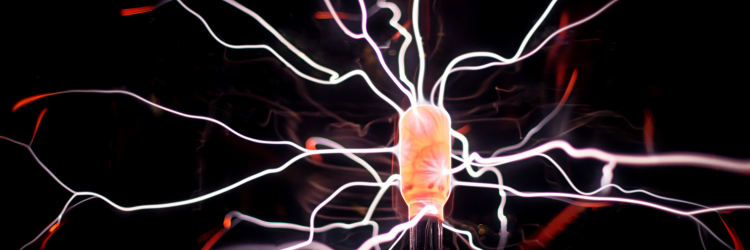Recently, there’s a lot of activity in using biomedical implants in the body, such as in the heart or brain. They enable real-time measurement and regulation of physiological signals, presenting new solutions for diseases like Parkinson’s. Technical constraints, however, have hindered the semi-permanent use of electronic devices after implantation.
A collaborative research team led by Professor Sung-Min Park from the Departments of Convergence IT Engineering, Mechanical Engineering, and Electrical Engineering, and the School of Interdisciplinary Bioscience and Bioengineering at POSTECH have created electrostatic materials that function even with extremely weak ultrasound. This could begin the era of permanent implantable electronic devices in biomedicine. The research is published in the international academic journal Advanced Materials.
Patients with implanted devices need periodic surgeries for battery replacement, posing a significant risk of complications and an economic burden on patients. Recent research explores implantable medical devices that operate wirelessly, but a safe energy source and protective materials remain challenging. Titanium (Ti) is used, but radio waves cannot pass through the metal, necessitating a separate antenna for wireless power transmission, enlarging the device size and creating more discomfort for patients.
The research team instead used ultrasound instead of radio waves. They developed an electrostatic material that could respond to weak ultrasound by using a composite of high dielectric polymers (P(VDF-TrFE)) and a high dielectric constant ceramic material known as calcium copper titanate (CCTO, CaCu3Ti4O12). The material generates static electricity through friction between its material layers, producing electrical energy and featuring an extremely low output impedance, facilitating efficient transmission of the generated electricity.
The research team created an implantable neurological stimulator powered by ultrasound-based energy transmission, eliminating the need for batteries. The device was activated even at standard imaging ultrasound levels (500 mW/cm2) in animal model trials, imposing minimal strain on the human body. Non-battery, miniaturized components with established long-term stability are expected to bring innovations in the market of human-insertable medical devices.


